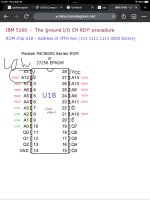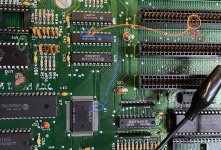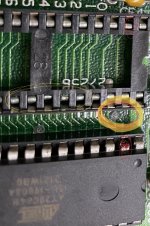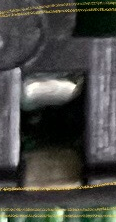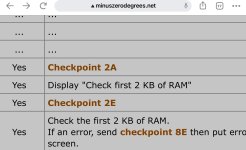fdiskitup
Experienced Member
I grounded the isa slot pin 10 - with rudds rom still in - speaker sounding - the address line reads 3.8 to 4V for high and 0.13V for low,
i get the result exactly as the procedure describes FFFF0 !
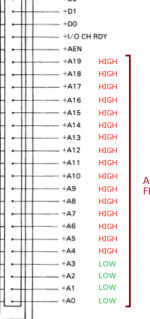
Also, it doesnt appear pin P8-1 (power good) connects to anything on the motherboard. Holding it up to the sun I can’t see any traces from this pin. And sounding out nearby test points there is nothing connected to pin p8-1. where should pwr good go to ? Is it possible the board is designed for a psu where the 5v rail is used as power good ?
i get the result exactly as the procedure describes FFFF0 !

Also, it doesnt appear pin P8-1 (power good) connects to anything on the motherboard. Holding it up to the sun I can’t see any traces from this pin. And sounding out nearby test points there is nothing connected to pin p8-1. where should pwr good go to ? Is it possible the board is designed for a psu where the 5v rail is used as power good ?
Last edited:

